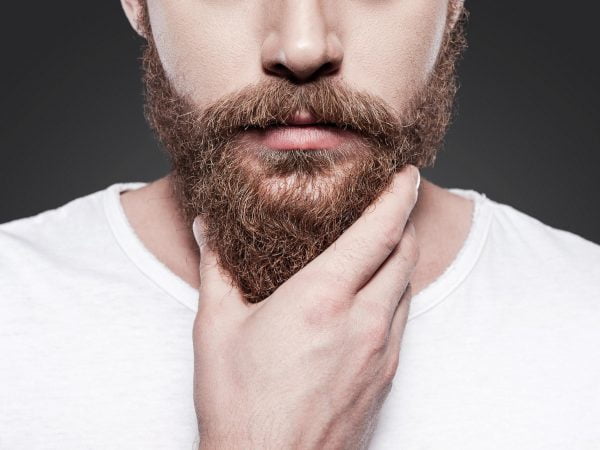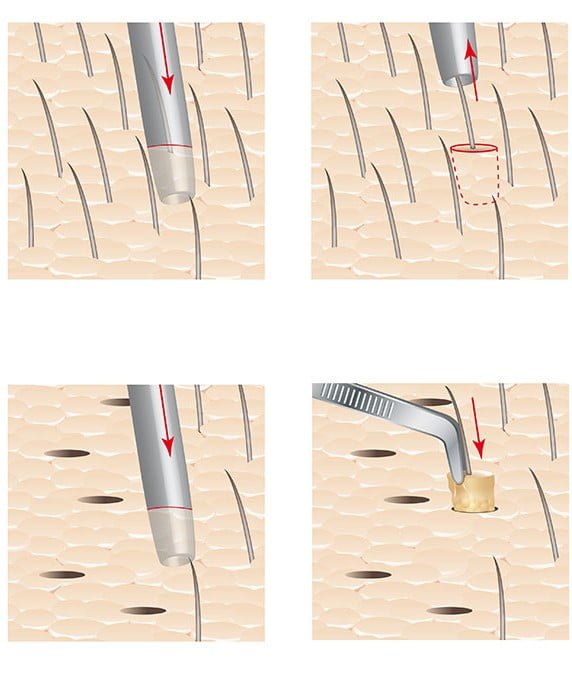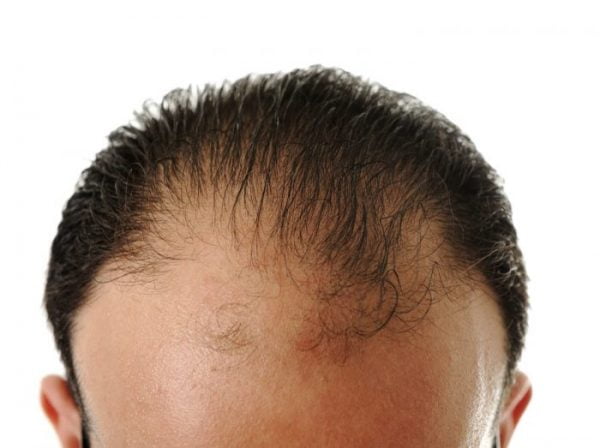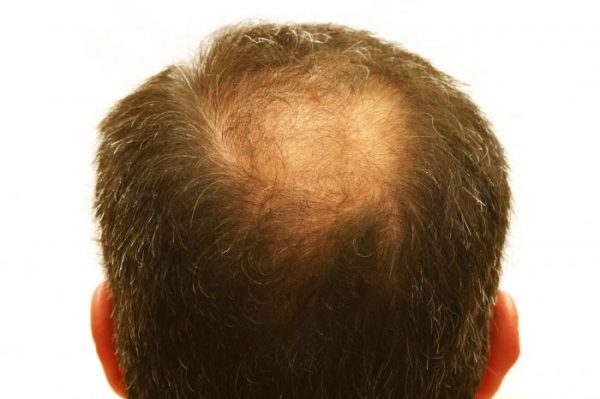What is Beard Transplant Surgery
Like traditional hair transplant surgery, beard transplant surgery involves transplanting hair from one body area to another. This is called the recipient site. This treatment can restore lost hair permanently if it is done correctly. This procedure is also minimally invasive, and patients can usually return home the same day.

A beard transplant can create a fuller and thicker beard.
In Which Cases Is Beard Transplantation Necessary?
Beard Transplantation when you needed it? Generally speaking, the procedure requires minimal pain and quick recovery. It has replaced the once acclaimed FUT procedure. In FUT, a strip of hair-bearing skin is removed from a donor area, usually the scalp. In FUE, the doctor implants a strip of healthy hair-bearing skin from a donor area. The patient can then grow the beard or moustache of his or her choice. So in which cases Is beard transplantation necessary?
- Men who have lost all or part of the beard due to beardbreeding.
- Men who complain about the current state of their beard want to give themselves a new style.
- To cover acne scars that have reached excessive sizes.
- To be boxed from wounds and burn marks in the beard area
Different Types of Beard Transplant Surgery
There are different types of beard transplant surgery. The procedure involves injecting a local anaesthetic into the patient’s face and transplanting hair follicles from the scalp to create a new beard. These transplanted hair follicles are then arranged into the desired shape of the beard. Afterwards, the patient must take an over-the-counter anaesthetic to avoid allergic reactions.
Beard Transplant Surgery
There are two primary methods of beard transplant surgery: FUE and FUT. FUT is performed on the scalp and involves the use of simple scalpels. On the other hand, FUE uses “punch” tools that remove individual hair follicles. The latter is much more precise and has less potential for scarring. After the procedure, the recipient site will have a scar, but these are small and hidden under the new beard.
Before getting a beard transplant, a patient must first understand the appearance they are aiming for. A physician will assess the donor area and estimate the number of grafts to be transplanted. The patient can choose FUE or FUT depending on their desired outcome. FUE, which avoids linear scarring, allows patients to get a shorter beard than they would with FUT. FUE transplants are a relatively simple procedure. Surgeons will cut a small strip of tissue from the donor site and implant the hair grafts into the recipient site.
Follicular Unit Extraction FUE
A follicular unit is the entire structure of hair follicles, including the blood vessels, nerves, and tissue. When performing FUE beard transplant surgery, the doctor must preserve the unit’s integrity during the surgery. Because it is less invasive than strip harvesting, patients rarely experience visible scarring on the donor area. During the healing process, patients experience minimal discomfort and can return to their regular activities within a couple of days.
The most challenging part of FUE extraction is making the circular incision with the punch. In the past, the punch used to make these incisions was a 1-mm skin biopsy punch, and there was no standard angle or guide. Now, doctors use a punch between 0.8 and 1.15 mm in diameter. The most common punch used in FU extraction is 0.9 mm in diameter.
Follicular Unit Transplantation FUT
This procedure is an alternative to whole beard transplantation. This technique involves extracting individual hair follicles, or follicular units, from the donor area. Hair follicles typically consist of one to four hairs. These units are then separated and stored in a preservation solution for the surgeon. The donor area heals faster than the recipient site.
This procedure is typically performed on the beard and facial hair. Unlike the more invasive methods, FUE requires little or no downtime and has no major side effects. It usually takes two to five hours, and results can vary. Some patients report little to no discomfort after the procedure. The surgeon harvests individual hair follicles using a small circular incision in the donor area. The grafts are then transplanted into the area where they’ll grow. The donor area will be lightly incised. The scar is minimal and barely visible.

Hair is extracted from the donor site and then transplanted to the target area (as shown above).
Who Can Have Beard Transplant Surgery?
Before undergoing a beard transplant treatment, a candidate should be in relatively good health. People who have chronic medical conditions such as diabetes and high blood pressure should seek medical attention as these can increase the risk of complications. Identify your personal reasons for wanting the transplant. You may be feeling pressure from family and friends to get a beard. This decision should be made after carefully evaluating the reasons for a beard transplant, including its benefits and risks.
It’s not always easy to have a good beard. It can be hard to keep your skin healthy and well-groomed without causing damage. There are many ways to start a beard if you have a genetic disorder that prevents you from growing your hair. You can try a beard implant. A doctor will check to make sure you are a suitable candidate for both hair and skin before scheduling an appointment.
There is always a chance you will be unhappy with the outcome of any medical procedure. If you’re lucky enough to find a great provider, it might be worth looking into whether a beard transplant could provide comfort for your entire life.
COMPARE BEARD TRANSPLANT PRICES AROUND THE WORLD
Pros and Cons of Beard Transplantation
Pros
- You will have the beard you’ve always wanted.
- You can trim your beard as usual, but it grows back.
- Beard transplantation boosts confidence and improves looks
- Studies show that men with a beard are more attractive.
- Overall, beard surgery causes very little pain.
- A beard transplant takes a short time to heal.
Cons
- Facial hair transplants can be expensive. They can cost up much
- It is extremely difficult to justify and explain a beard transplant to others.
- Any cosmetic surgery, even beard transplantation, can go horribly wrong.
Post Beard Transplant Care
Post-beard-transplant care is similar to the one you would normally follow, but with a few exceptions. You must avoid alcoholic beverages and smoking at least 24 hours before the procedure. In addition, you should avoid heavy lifting after the transplant. Here are some things you need to know to help you recover well from the procedure. Listed below are some important tips to keep in mind while you’re healing.
Avoiding smoking 24 hours before the surgery
Smoking is highly contraindicated 24 hours before a beard transplant surgery. It affects not only the healing process but also the grafts. Tobacco contains chemicals that affect the blood cells. Nicotine, a substance found in cigarettes, causes blood vessels to harden and constrict, reducing the oxygen flow to internal organs. This can result in a poor outcome for your procedure.
Smoking interferes with the normal functioning of fibroblasts, which produce proteins that bind to damaged areas. While cigarette smoke does not harm the fibroblasts directly, it hinders their ability to move to the wound site. This results in a poor scar after the surgery. This is why quitting smoking is extremely important before the surgery. It is crucial to have a clean slate to prevent any complications.
Avoiding alcoholic beverages 24 hours before the surgery
Drinking alcohol or cigarettes is highly discouraged two weeks before a beard transplant surgery. Alcohol also thins the blood, decreases the immune response, and puts an extra load on the liver. Anaesthesia is not effective in the presence of alcohol. Alcohol may make the patient nauseated and nauseous, which could cause complications with the surgery. Some surgeons are unwilling to perform beard transplant surgeries on patients who have consumed alcohol or smoked 24 hours before surgery.
To help the healing process, you must avoid alcohol for two weeks before the procedure. Alcohol is a known irritant, increasing the risk of post-operative swelling and bleeding. If you drink alcohol before the procedure, it will increase the risk of post-op complications, including infection and additional corrective procedures. If you don’t, you could be jeopardizing your successful surgical recovery.
Avoiding heavy lifting after the procedure
After the beard transplant procedure, the follicles that were implanted into your beard will remain fragile for a while. Avoid using hair products, power showers, or any other hair-care product for two weeks after the procedure. Also, avoid heavy lifting and high-impact exercise. These activities can extend the healing process and interfere with the new follicles. You should also avoid playing contact sports, like soccer and football, for two weeks.
The donor area might feel sore and swollen for the first few days. The grafts may scab and crust over time. To relieve itching, apply conditioner to the area and gently massage it in circular motions. After a week of recovery, you may be able to resume normal activities, like driving or heavy lifting. However, do not drive yourself home after the procedure. You should not drive yourself home until the donor area has healed and any scabs or crusts have gone away.
Recovery from a beard transplant
The Beard transplant recovery process is not too heavy. You might have a beard that is missing a few hairs. After undergoing a beard transplant, you can expect some discomfort and itching around the transplanted area. The area may also become red, scabbed, or ache for the first few days. These symptoms are normal and will soon subside. In the meantime, you can wash your face with a special shampoo. Avoid harsh chemicals, direct sunlight, and smoking for two to three weeks after the procedure.
Your doctor may suggest that you take a couple of days off from work to recuperate from the procedure. You should also avoid strenuous activity for at least a week after the procedure to minimize any side effects. If you feel pain, you should visit the doctor for a consultation. A consultation will help you get an accurate estimate of the recovery period. Recovery from a beard transplant is typically shorter than a hair transplant.
Frequently asked questions about beard transplant;
–How much does a beard transplant cost?
Transplanting a beard is not cheap. They can run up to $15,000 depending upon the number of grafts required.
–Does a beard transplant grow back?
Beard transplants are the same as regular hair transplants and facial hair transplants. They provide the best natural results and last a lifetime. After about 10-12 months, the transplanted hairs are fully settled in their new location and the final results can be seen.
–What is the success rate of a beard transplant?
The success rate is %90 for beard transplant operations.
–Do beard transplants look natural?
Beard surgery offers natural-looking and permanent results.
How much does a beard transplant cost?
Does a beard transplant grow back?
What is the success rate of a beard transplant?
Do beard transplants look natural?











